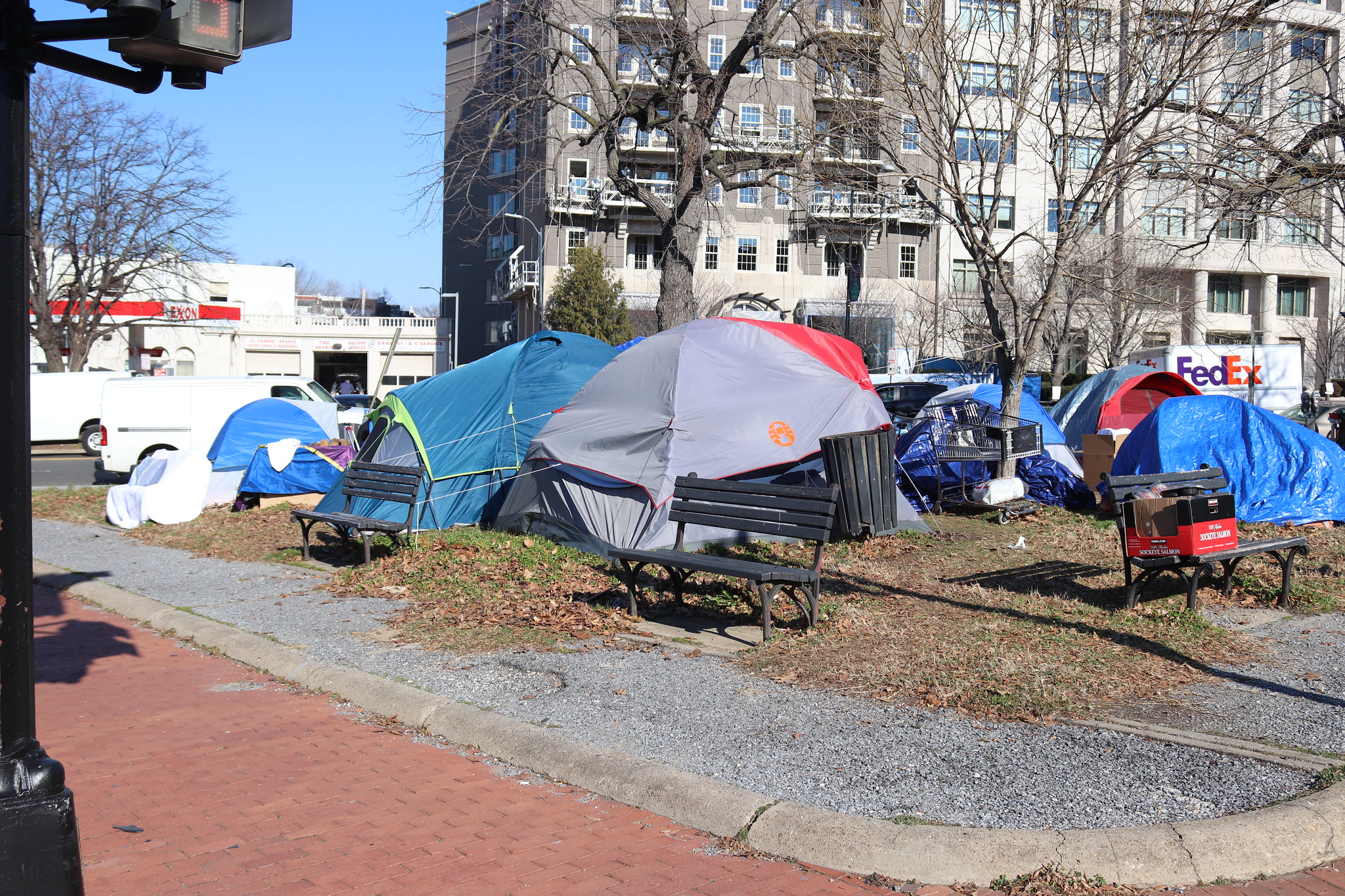Buttegieg faces maritime supply chain crisis.
The Fragile State of America’s Supply Chain
The COVID pandemic exposed the weakness of America’s supply chain. Over-regulation, congested ports, and supplier shortages all combined to drive up the price and lead times of the products the United States imports from around the world. The supply chain has recovered, for the most part, as the global economy has slowed and shippers began utilizing ports on the East and Gulf Coasts, alleviating the congestion in the ports of Los Angeles and Long Beach.
Today, however, the supply chain is once again teetering on the brink of a catastrophe, this time at the hands of labor unions and mother nature.
Labor Unions and Mother Nature
The International Longshore and Warehouse Union (ILWU), which represents approximately 22,000 West Coast dock workers, reached a tentative agreement with an “association representing the U.S. West Coast employers of port laborers on some key issues,” in April 2023. These negotiations have been dragging on for nearly a year, and the contract between the “Pacific Maritime Association (PMA) and the union expired on July 1, 2022.”
The deal has yet to be ratified, and there are still many open issues that remain to be resolved. Last week, members of the ILWU effectively “shut down operations at some marine terminals at the Ports of Los Angeles and Long Beach. Similar actions shut down or severely impacted terminal operations at the ports of Oakland, Tacoma, Seattle, and Hueneme.”
The COVID-driven congestion of West Coast ports, combined with the threat of labor actions by dock workers there, have driven many supply chain professionals to divert shipments to the Gulf and East Coasts of the United States. In fact, according to Bloomberg, “West Coast container volumes were down 10% in the first quarter of 2023, compared to the same period in 2019. Gulf ports saw a 43% increase in goods over the same period.”
But ports in the Gulf and East Coasts may find themselves on the outside looking in. A significant drought is lowering the water level of Gutan Lake in Panama and the Panama Canal, resulting in both weight limits and rising surcharges for vessels traversing the canal.
The Impact of the Panama Canal
The Panama Canal Authority has reduced the draft (how deep a ship can sit in the water) from 50 feet to 44 feet, which can reduce a ship’s payload by up to 40%, per Bloomberg. Some ocean carriers began charging per-box container fees of $300-500 on June 1 in response to draft limits. Cargo rates will “rise on other routes if low water levels for shippers to find alternatives — especially in the peak shipping months of August and September when retailers build inventory ahead of the holiday shopping season.”
If the Panama Canal continues to see its depth decrease, and the cost of shipping via the canal rise, companies will have to either utilize the Suez Canal to service East and Gulf Coast ports or rely on West Coast ports — the same ports that are under threat of a work stoppage.
Interestingly, the challenges faced by the Panama Canal could contribute to inflation in the United States, forcing the Federal Reserve to continue increasing interest rates. Steamship companies are raising rates and imposing surcharges for companies shipping via the Panama Canal. Since ships will carry approximately 40% less cargo, companies will need to ship more containers, failing to take advantage of full container load pricing. This will drive inflation. In fact, research shows that a 20% increase in shipping costs will raise the inflation rate by 0.15 percentage points one year later.
The Role of Secretary of Transportation Pete Buttigieg
A West Coast dock workers’ strike, combined with shrinking water levels in the Panama Canal, would have a devastating impact on the U.S. supply chain and the nation’s economy.
One person missing from this discussion is Secretary of Transportation Pete Buttigieg. Perhaps ‘Mayor Pete’ has once again gone on vacation, as he did during the negotiations with railroad workers in the Fall of 2022.
Jim Nelles is a Navy veteran and supply chain consultant based in Chicago. His articles have appeared in the Washington Examiner, Newsweek, Foxnews.com, and the Daily Wire. He has served as a chief procurement officer, chief supply chain officer, and chief operations officer for multiple companies.
The views expressed in this piece are those of the author and do not necessarily represent those of The Daily Wire.
" Conservative News Daily does not always share or support the views and opinions expressed here; they are just those of the writer."





Now loading...